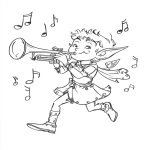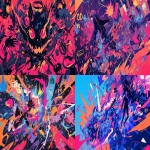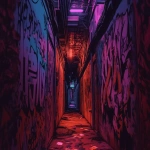Explore the Best AI Image Gallery
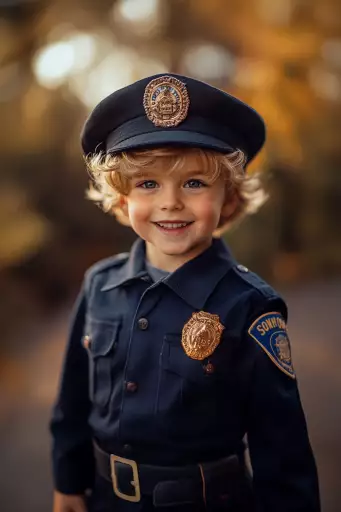
AI-Generated Images: Reimagining the Creative Landscape
The realm of creative design is undergoing a seismic shift with the advent of artificial intelligence (AI) image generation. These sophisticated algorithms, capable of producing stunningly realistic and imaginative visuals from text prompts, are rapidly transforming how we conceive, create, and experience visual content. From logo design to marketing materials, concept art to editorial illustrations, AI-generated images are making their mark across diverse sectors.
The Potential of AI in Design
- Enhanced Efficiency: AI image generators can significantly expedite the design process. Designers can leverage these tools to quickly generate multiple variations of an idea, freeing up valuable time for refining and conceptualizing.
- Unleashing Creativity: AI can serve as a powerful catalyst for creative exploration. By providing unexpected visual outputs based on textual descriptions, it can inspire designers to think outside the box and discover novel concepts.
- Democratization of Design: AI-powered tools are making design more accessible to individuals without formal training. This opens up opportunities for greater participation in creative endeavors and empowers individuals to express themselves visually.
Practical Applications Across Industries
The applications of AI-generated images are vast and continue to expand:
- Marketing and Advertising: Creating compelling visuals for social media campaigns, websites, and promotional materials.
- E-commerce: Generating product mockups and lifestyle imagery to enhance online store presentations.
- Publishing and Media: Producing illustrations for books, magazines, and editorial content.
- Gaming and Entertainment: Designing characters, environments, and assets for video games and other interactive experiences.
Ethical Considerations
As with any powerful technology, the use of AI-generated images raises important ethical considerations:
- Copyright and Ownership: Questions arise regarding the ownership rights of AI-generated content. Who holds the copyright—the developer of the AI, the user who provides the prompts, or the AI itself?
- Bias and Representation: AI algorithms are trained on vast datasets, which may contain biases that reflect societal stereotypes. This can result in generated images perpetuating harmful representations.
- Misinformation and Deepfakes: The ability to create highly realistic synthetic images raises concerns about the potential for misuse in spreading misinformation and creating convincing deepfakes.
The Future of AI-Generated Images
AI image generation is still in its nascent stages, but its potential is undeniable. As technology advances, we can expect:
- Increased Realism and Detail: AI models will continue to become more sophisticated, producing images with even greater levels of realism and nuance.
- Personalized Experiences: AI-powered tools will enable the creation of highly personalized visual content tailored to individual preferences and needs.
- New Forms of Creative Expression: AI will push the boundaries of artistic expression, leading to innovative and unexpected forms of visual storytelling.
The integration of AI into design is reshaping the creative landscape, offering both exciting opportunities and important challenges. By embracing responsible development and ethical considerations, we can harness the power of AI to unlock new frontiers of creativity and innovation.

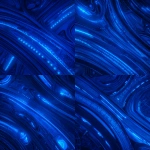
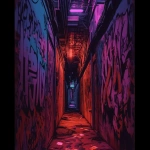
](https://images.ai-img.art/thumbnails/150/e407417f3921a9491278afc6484ec26f3ae374d4543e1a56898e8bcb1e41a0da.webp)



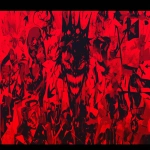

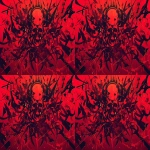
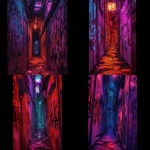
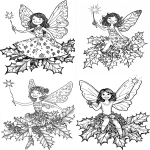

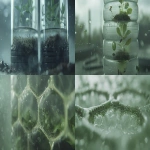

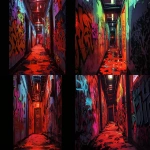
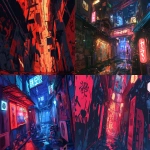
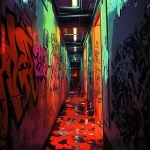
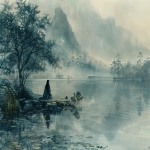
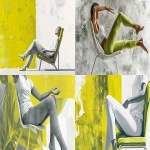
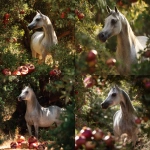
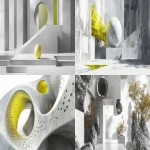


](https://images.ai-img.art/thumbnails/150/fd852e87169bf2f63982b31f7f16a8fa335d75d9536fd48c2b87c7d4b035fa7c.webp)

](https://images.ai-img.art/thumbnails/150/ed631f35091268316da1950d8f24949cf71c41220d75ddecc89232e1c28f3653.webp)


](https://images.ai-img.art/thumbnails/150/4dfe5499f7f4f9e5aa1613199c58710634f2cba5f57ac7e6717c1d56a9864e1a.webp)
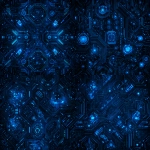
](https://images.ai-img.art/thumbnails/150/56d08b81b5991eca46f50c80b41db4e9ac06c775cbbf5138ea0734d93390316a.webp)




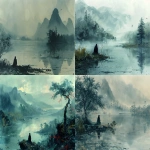
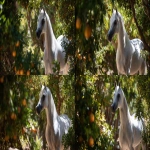
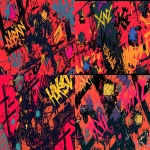

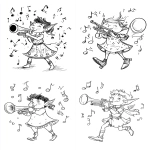
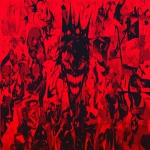
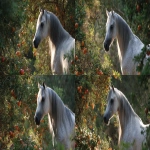

](https://images.ai-img.art/thumbnails/150/baf01e7f997f5bc030aa10831575d8b879a4a6755830df4bcd3dcc93346ef1dd.webp)

